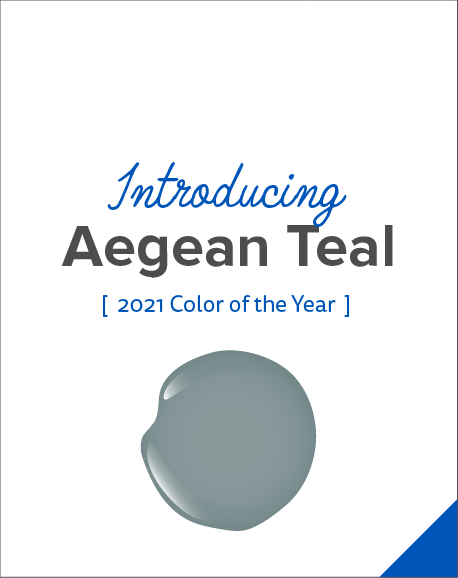Why a staple from the 1960s and ’70s—grasscloth wallcovering—is making a comeback.
By Diane Franklin
If your last encounter with grasscloth wallcovering was in the 1960s and ’70s, you’re in for a pleasant surprise. Grasscloth is back—and in many ways, it’s bigger and better than ever.
Grasscloth is part of a natural trend in decorating which favors the use of environmentally friendly materials. It is a lightweight wallcovering made from natural materials, such as seagrass, hemp, jute, arrowroot or reed, that are woven together using cotton threads and adhered to a backing that is most often rice paper.
Today’s fashionable grasscloths have been updated considerably from the grasscloth of old. Where color variety in the past was generally limited to neutral colors, today’s grasscloths are in a variety of colors—some even infused with metallics and incorporating more interesting weaves. Thinner weaves typically provide a cleaner, more modern look, whereas thicker weaves provide a more traditional—and in some cases, rustic—look.
Using Grasscloth in Home Décor
Grasscloth is a product that seems to meet a variety of trends. It fits the trend toward biophilic design, which is characterized by bringing natural materials indoors. It is a sustainable material that fits consumers’ trend toward being more environmentally conscious. At the same time, it fits a trend toward textured home décor products, including the use of texture on the walls.
Because of the delicate nature of grasscloth, it’s important to be judicious in where you use it. It obviously is not meant for high-traffic areas like kitchens, family rooms or hallways. Your best bet is to use it in low-traffic areas where a touch of elegance is desired, such as formal living or dining rooms. It also works nicely in bedrooms and home offices.
In addition, grasscloth lends itself to the trend toward focal walls, since it offers a sophisticated, eye-catching appearance. Another great look is to use grasscloth above wainscoting, with the use of paneling underneath.
Keep in mind that grasscloth is different from other wallpaper in that you aren’t going to get a pattern match from one piece to another. That is part of the natural look and should not be considered a defect.
Color Variety
There was a day when the natural composition of grasscloth was thought to pair up best with only natural-inspired colors—i.e., neutrals such as beige, brown or muted yellow. But today’s grasscloths literally come in a full spectrum of colors. You can go bright, you can go bold, you can go shimmery or shiny.
Of course, natural colors still are popular in keeping with natural environmental trends, but that’s only where the grasscloth color scheme begins. You will easily find today’s grasscloths in on-trend gray for a super-elegant or industrial look, but you can also find grasscloth in bronze, gold, green, indigo—even vibrant red.
An Imitation Look
If you want the look of grasscloth in a higher-traffic area, such as a family room or high-traffic entryway, there are imitation grasscloth wallcoverings that will fill the bill. The imitation grasscloths provide the advantage of being easier to clean and maintain. Because they are made of a more durable material, they stand up to more wear and tear just like other non-natural wallpapers do. You can also use these imitations in higher moisture areas, such as bathrooms, where the use of real grasscloth is inadvisable.
Another advantage to these faux grasscloth wallpapers is that they are less expensive than authentic grasscloth. And because of advancements in technology, they look indistinguishable from the real thing.









